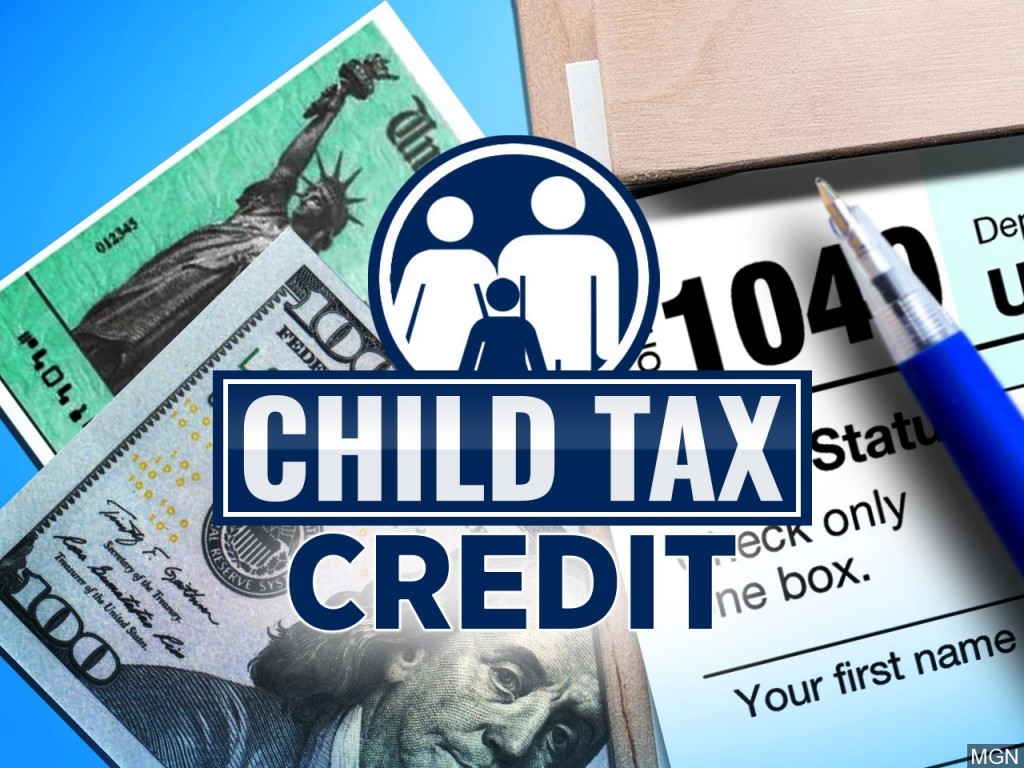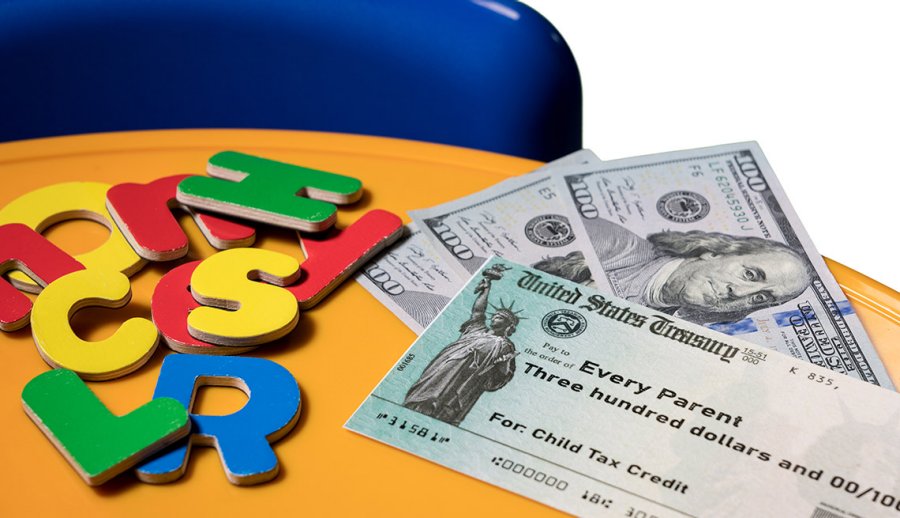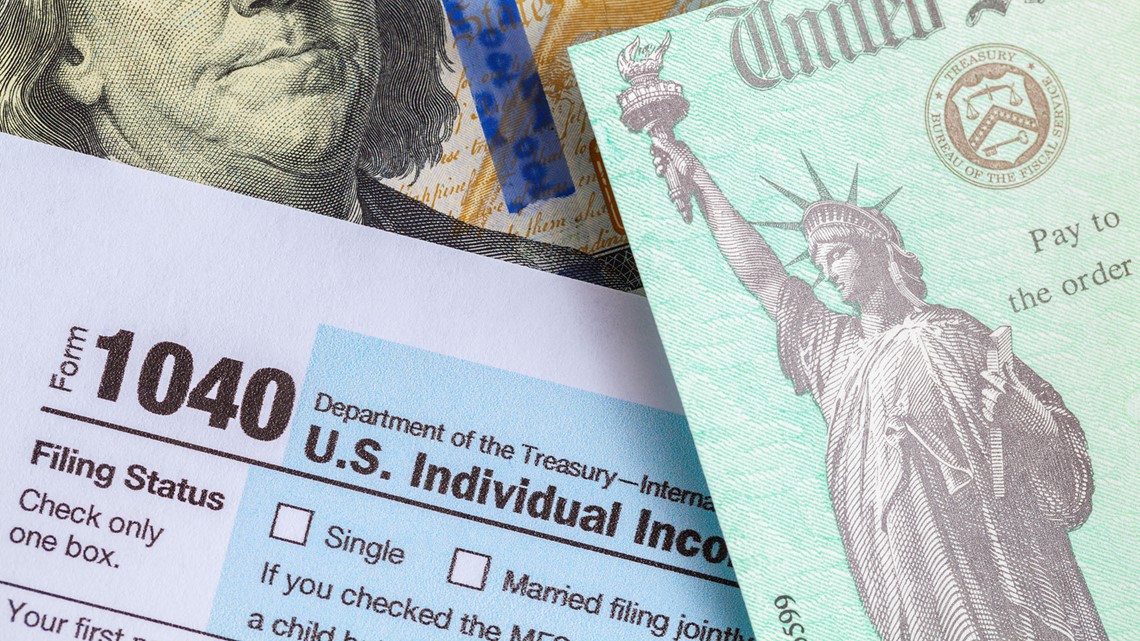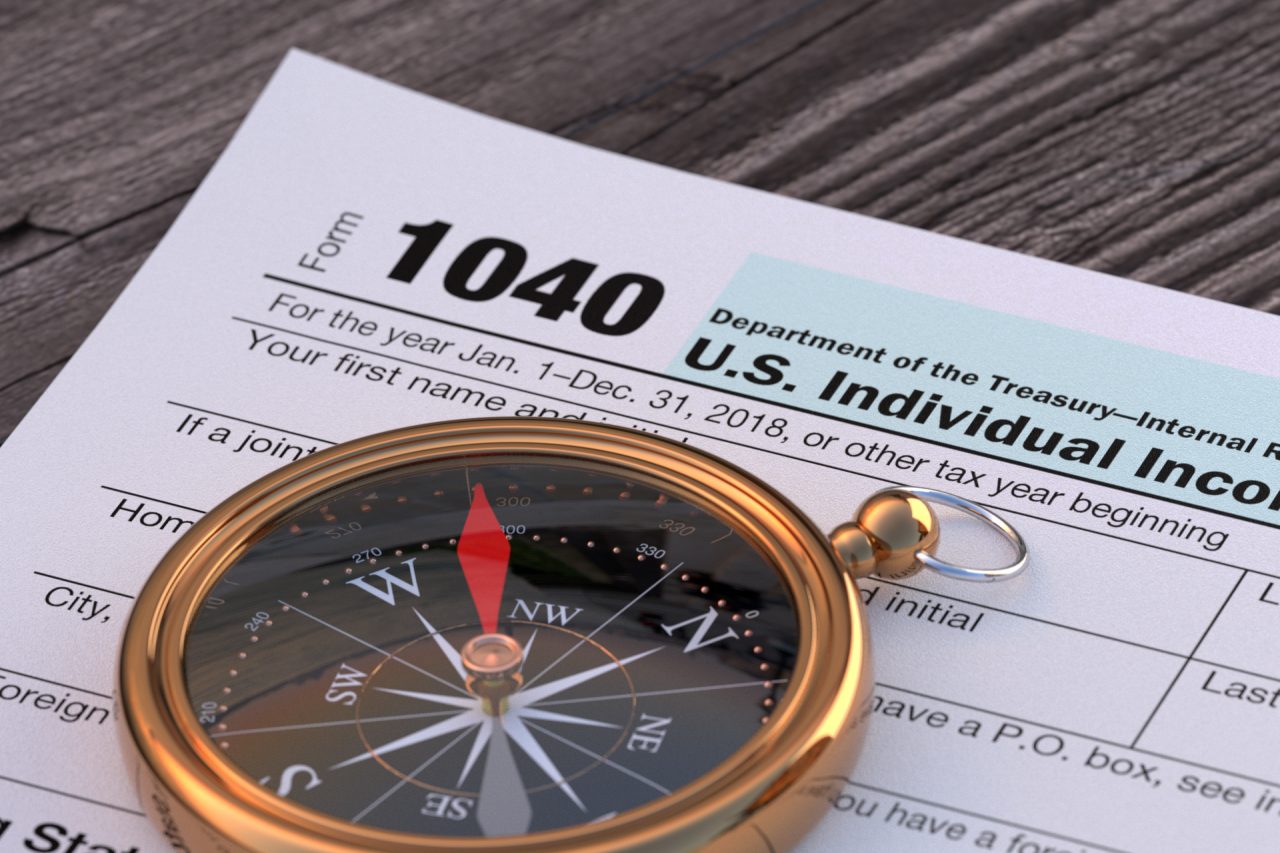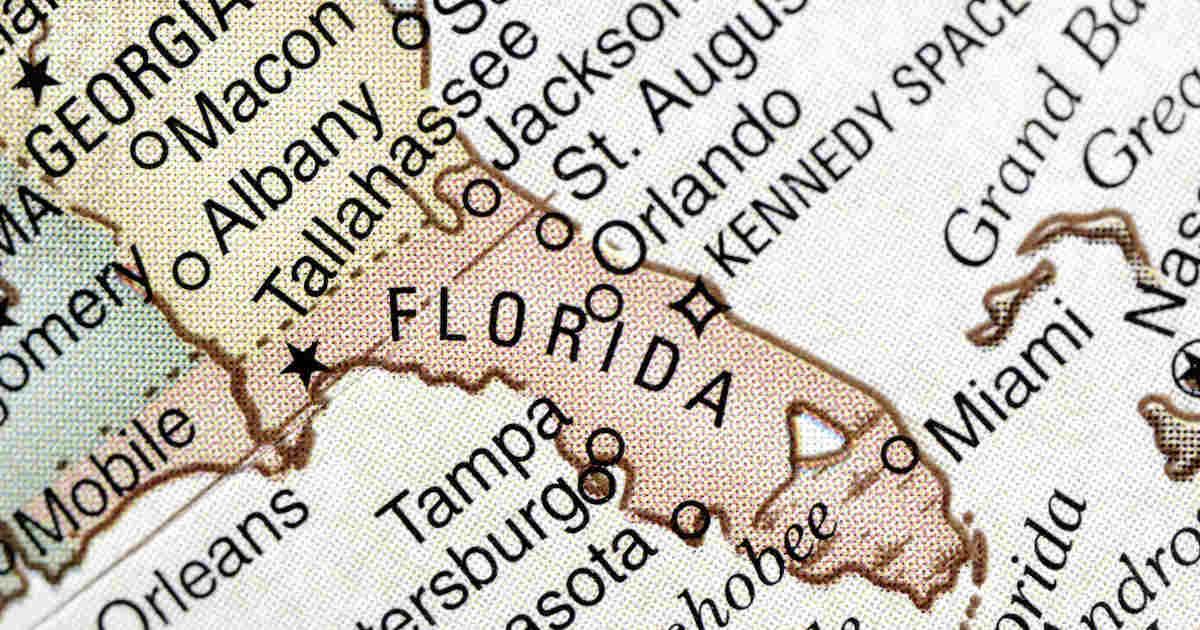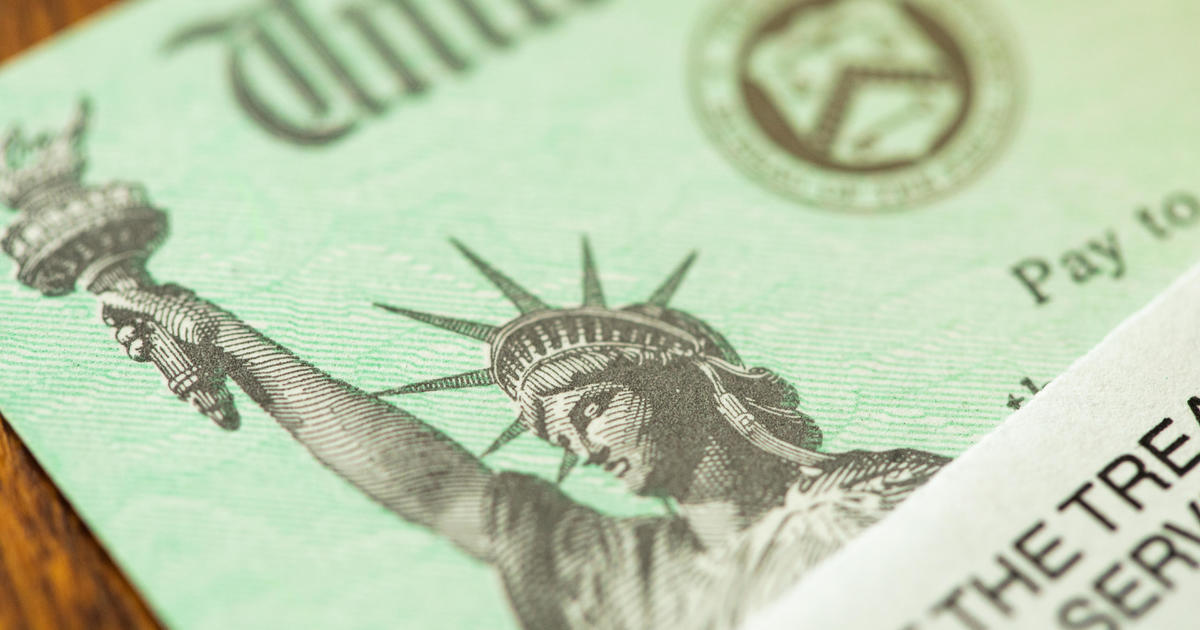The Internal Revenue Service has launched a new Spanish-language version of its online tool, Child Tax Credit Eligibility Assistant, designed to help families determine whether they qualify for the Child Tax Credit and the special monthly advance payments of the credit, due to begin on July 15.
IRS: Online Child Tax Credit eligibility tool now available in Spanish; other multi-lingual materials help families see if they qualify for advance payments
Available exclusively on IRS.gov, the new Spanish version of the tool, like its English-language counterpart, is interactive and easy to use. By answering a series of questions about themselves and their family members, a parent or other family member can quickly determine whether they qualify for the credit.
Though anyone can use this tool, it may be particularly useful to families who don’t normally file a federal tax return and have not yet filed either a 2019 or 2020 return. Often, these are people who receive little or no income, including those experiencing homelessness, low income households, and other underserved groups. Using this tool can help them decide whether they should take the next step and either register for the Child Tax Credit payments using another IRS tool, the Non-filer Sign-up Tool, or file a regular tax return using the IRS Free File system.
To help people understand and receive this benefit, the IRS has developed materials in several languages and additional multi-lingual resources will roll out in coming weeks and months. All tools and materials, in English and other languages, are posted on a special Advance Child Tax Credit 2021 page at IRS.gov/childtaxcredit2021.
Multi-lingual resources already available include:
- A step-by-step guide to using the Non-filer Sign-up Tool (Publication 5538) in Spanish, Chinese Simplified, Korean, Vietnamese, Haitian Creole and Russian.
- A basic You Tube video on the Advance Child Tax Credit in Spanish and Chinese, as well as English.
- E-posters in various languages.
- Information about Free File in seven languages.
Besides the Child Tax Credit, the IRS has a variety of tax-related tools and resources available in various languages.
Community partners can help
The IRS urges community groups, especially those who serve non-English speakers, to help share this critical information about the Advance Child Tax Credit as well as other important benefits. This includes nonprofits, associations, education organizations and anyone else with connections to people with children. Among other things, The IRS is providing these groups with information that can be easily shared through social media, email and other methods.
Watch out for scams
The IRS urges everyone, especially those who speak languages other than English, to be on the lookout for scams related to both Advance Child Tax Credit payments and Economic Impact Payments. In particular, scammers often target non-English speakers and underserved communities. The IRS emphasized that the only way to get either of these benefits is by either filing a tax return with the IRS or registering online through the Non-filer Sign-up Tool, exclusively on IRS.gov. Any other option is a scam.
Watch out for scams using email, phone calls or texts related to the payments. Remember, the IRS never sends unsolicited electronic communications asking anyone to open attachments or visit a non-governmental web site.
More about the Child Tax Credit Eligibility Assistant
The Child Tax Credit Eligibility Assistant does not request any personally-identifiable information (PII) for any family member. For that reason, its results are not an official determination by the IRS. Though the results are reliable, if the questions are answered accurately, they should be considered preliminary. Neither the answers supplied by the user, nor the results, are retained by the IRS.
Non-filer Sign-Up Tool
If the Child Tax Credit Eligibility Assistant indicates that a family qualifies for the credit, the next step is to either register with the IRS or file a return. For families who don’t normally need to file a return, The online Non-filer Sign-Up Tool is the easiest way to register for the advance payments.
This tool, an update of last year’s IRS Economic Impact Payment Non-filers tool, is also designed to help eligible individuals who don’t normally file tax returns register for the $1,400 third round of Economic Impact Payments (also known as stimulus checks). In addition, it can help them claim the Recovery Rebate Credit for any amount of the first two rounds of Economic Impact Payments they may have missed.
Developed in partnership with Intuit and delivered through the Free File Alliance, the tool enables them to provide the IRS with basic information, such as their name, address, and social security numbers, as well as information about their qualifying children age 17 and under and their other dependents. It also enables them to provide their bank account information, so the IRS can quickly and easily deposit the payments directly into their checking or savings account.
The Non-filer Sign-Up tool should not be used by anyone who has already filed a 2019 or 2020 federal income tax return, or plans to do so.
Free File; a better option for some
Though the Non-filer Sign-up Tool is the easiest way to register for Advance Child Tax Credit payments, it may not be the best option for all families. That’s because many families also qualify for the Earned Income Tax Credit and other benefits for low-and moderate-income people. For them, a better option is filing a regular tax return using the Free File system, available only on IRS.gov.
About the Advance Child Tax Credit
The expanded and newly-advanceable Child Tax Credit was authorized by the American Rescue Plan Act, enacted in March. Normally, the IRS will calculate the payment based on a family’s 2020 tax return, including those who use the Non-filer Sign-up Tool. If that return is not available because it has not yet been filed or is still being processed, the IRS will instead determine the initial payment amounts using the 2019 return or the information entered using the Non-filers tool that was available in 2020.
The payment will be up to $300 per month for each child under age 6 and up to $250 per month for each child age 6 through 17.
To make sure families have easy access to their money, the IRS will issue these payments by direct deposit, as long as correct banking information has previously been provided to the IRS. Otherwise, people should watch their mail around July 15 for their mailed payment. The dates for the Advance Child Tax Credit payments are July 15, Aug. 13, Sept. 15, Oct. 15, Nov. 15, and Dec. 15.
For more information, visit IRS.gov/childtaxcredit2021, or read FAQs on the 2021 Child Tax Credit and Advance Child Tax Credit Payments.
Source: IRS – July 12, 2021

